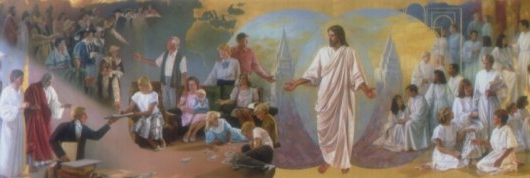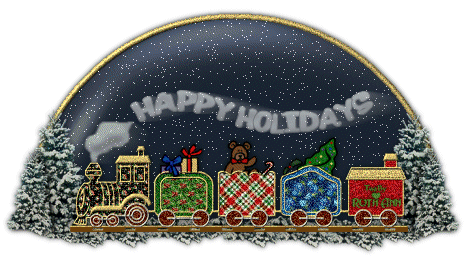December 5, 2007 -
News from the ChurchSister Thelma Taylor was happy with her calling at her local family history center in Mesa, Arizona, USA. For 17 years she assisted, guided, and supported men and women in their quests to find their ancestors. A move to Coolidge, Arizona, in 2005, however, put 40 miles (64 km) between her and the family history center whose patrons she had faithfully served.
Nearly blind and unable to drive, the 83-year-old woman feared her inability to travel to Mesa would mean the end of her family history service. Then a thoughtful leader offered a solution to this problem in the form of a Church-service mission Sister Taylor could perform from home. Since 2006 she has served as a FamilySearch Support missionary for the Church, using her home computer to help people do their family history work.
“It has blessed me beyond my ability to count all the blessings,” she says of her experience. “I’ve grown so much in that area in family history and in my ability to serve.”
A New Resource Brings New NeedsAs the Church begins testing changes to the FamilySearch.org Web site, there is a significant need for Church-service missionaries like Sister Taylor to help patrons use family history tools to find their ancestors.
FamilySearch, the Church’s online genealogical resource, is being rebuilt with new features that will allow temple ordinance cards for ancestors to be printed at home and will help prevent ordinance work duplication. The need for Church-service missionaries from around the world will continue to grow as the new FamilySearch is made available worldwide.
“They have the opportunity to propel the Lord’s work forward with each interaction with a patron,” said Art Johnson, area manager for the FamilySearch Support.
Using New Technologies to ServeUsing a Web-based telephone program, the missionaries, who can be located anywhere in the world as long as they have broadband Internet access, respond to as many as 10,000 inquiries per month. Patrons’ questions span many topics, including family history research, indexing, and submitting names to the temple.
Though her eyesight is poor, Sister Taylor—now a supervisor over six fellow missionaries—can increase the font size on her computer enough to read patrons’ e-mails and respond to their questions.
Service missionaries are given extensive online training they can complete at home. They also have access to a team of individuals to help them with their questions and provide individual training and help. Once they’ve finished the training, they have access to a database that includes some 4,000 articles they can refer to for answers to patrons’ questions.
Sister Taylor didn’t learn how to operate a computer until she was 66 years old, but she says it is a beneficial, useful skill. “Your age doesn’t matter,” she said. “You’re not too old to learn how to use [a computer].”
Who Can Serve and HowA Church-service mission with FamilySearch Support is not meant to be a substitute for full-time missionary service, but it provides an option to serve for those who are not able to serve a full-time mission.
“This is an ideal situation for me because I can continue to learn and serve,” Sister Taylor said. She said her Church-service mission has helped her to feel useful at an age when her options are limited.
Church-service missionaries are set apart and wear nametags, just as full-time missionaries do. They receive intensive training on the workings of the Web site and learn techniques on how best to answer patrons’ questions. FamilySearch Support missionaries serve some 15 to 30 hours a week for 6 to 30 months and can serve the full mission from their homes.
There are currently some 700 service missionaries assisting in this capacity, and that number may need to double over the next year as the new FamilySearch is made available to more areas. Men and women interested in becoming Church-service missionaries should contact their bishop or branch president. Those interested in more information on FamilySearch Support opportunities can call 866-406-1830 or e-mail support@FamilySearch.org.
A Blessing to Missionaries and PatronsThe lives of many members, elderly and young, have been blessed by the opportunity to be service missionaries, their leaders point out, and many souls will feel the effects of their labor.
“The spirit of consecration [that Church-service missionaries] bring to their calls has enabled us to really see miracles in the growth and expansion of the work,” Brother Johnson said.
The work is fulfilling and contagious. “The spirit of this work gets into you and doesn’t turn you loose,” Sister Taylor said. “No matter your age, you can be of real service as a FamilySearch Support missionary.”
Brother Johnson said the support provided by service missionaries is crucial to the success of the new FamilySearch. An answer provided to a patron may help someone find an ancestor and complete his or her temple work, and that is a very important, sacred undertaking.
“Through our efforts, we can enable our brothers and sisters on the other side of the veil to receive the same blessings and ordinances of the gospel we enjoy,” Brother Johnson said.







